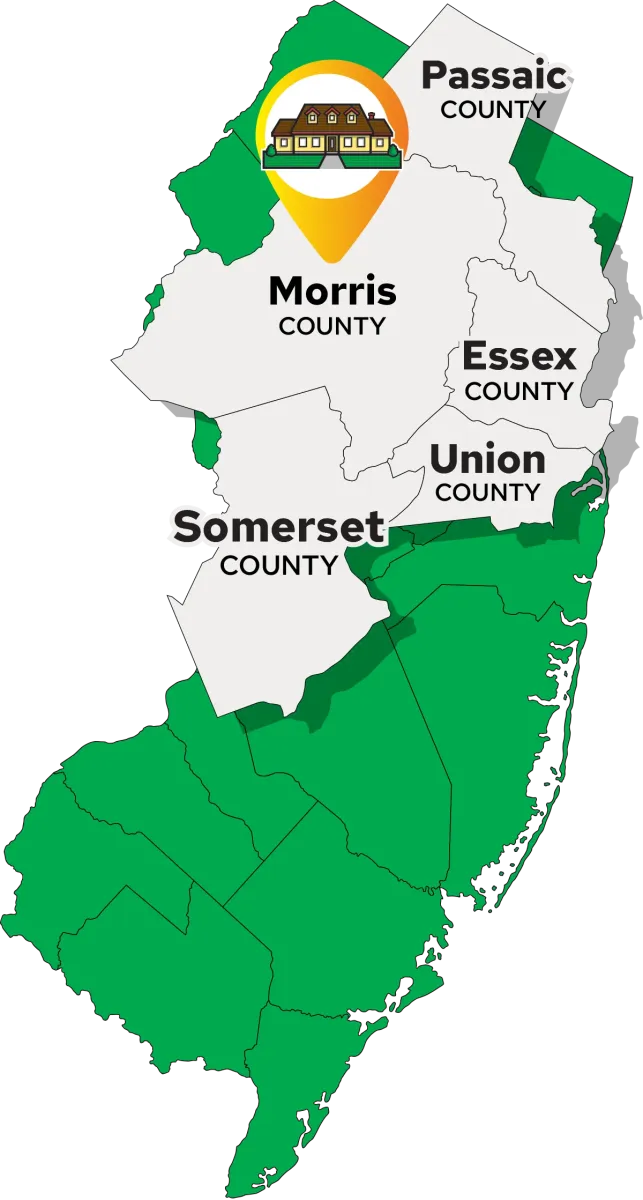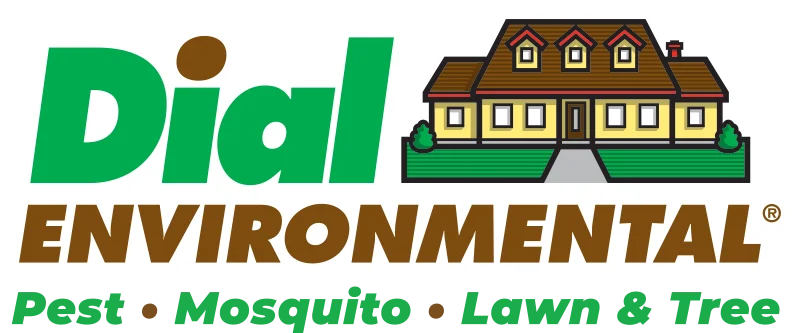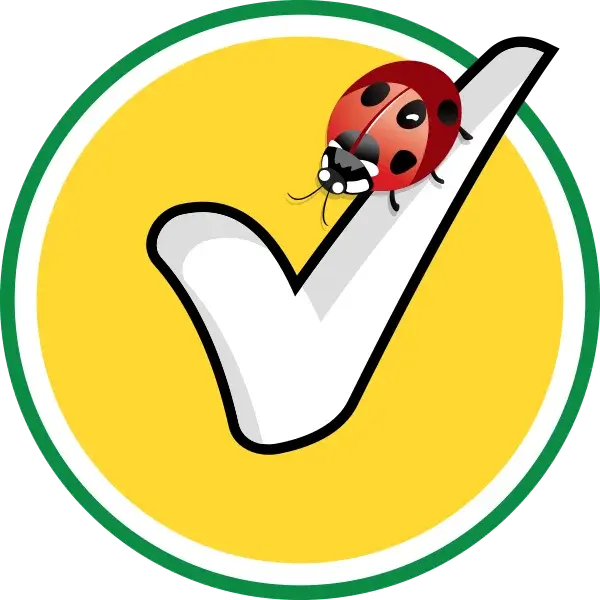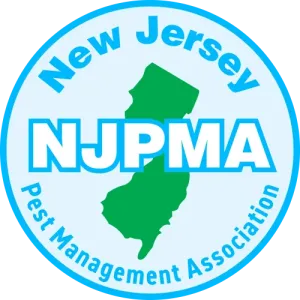Lawn Care Services in New Jersey
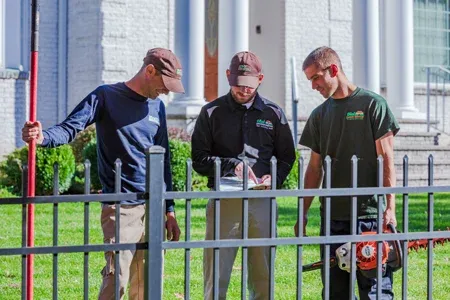
At Dial Environmental, we’ve been proudly serving our New Jersey neighbors since 1984, bringing over four decades of experience and expertise to every lawn we care for. Our unique approach combines time-tested techniques with a deep commitment to organic, environmentally responsible practices that promote healthier, greener lawns. With services tailored to meet the needs of your property, we offer comprehensive lawn care programs that will help you achieve the results you want. Our team offers the following lawn care services:
- Soil analysis
- Seasonal fertilization
- Pre & post-emergent weed control
- Insect control
- Fungicide treatments
- Soil amendments
- Aeration and seeding; slit seeding
Providing Quality-Driven, Organic Solutions
We’re not just another lawn care company; we’re your local experts, trusted by homeowners year after year for our quality service and dedication to customer satisfaction. Our green methodology not only reduces pesticide use but also supports a thriving ecosystem in your soil. With Dial on your side, you get effective, eco-friendly solutions that protect both your property and the planet!
Year-Round Lawn Care: Our Basic Package

Our basic lawn care package is designed to provide your lawn with essential nutrients and care throughout the growing season, ensuring a vibrant outdoor space. With a focus on quality and effectiveness, this package includes six visits a year to keep your lawn healthy and thriving. Our team conducts a thorough initial lawn analysis to tailor the treatment specifically for your yard, followed by seasonal fertilization and targeted weed and insect control.
How our lawn care services work:
- We assess your lawn’s unique needs and identify any existing issues.
- Our team collects a soil sample from your property and sends it to an independent lab for analysis.
- Based on the lab results and our analysis, we create a customized care plan tailored to your lawn.
- Our trained professionals implement the plan, starting with the initial fertilization and continuing with six visits throughout the year.
- You get to enjoy seasonal fertilization, pre-emergent weed control in spring, and post-emergent weed control as needed throughout the growing season.
- We monitor your lawn’s progress and make adjustments as needed to ensure optimal health.
Our year-round lawn care programs typically begin in March or April and end in November, ensuring your lawn stays green and healthy throughout the year!
Comprehensive Protection With Our All-Inclusive Package

Our all-inclusive lawn care package takes your lawn care experience to the next level with nine visits a year, ensuring comprehensive coverage for a thriving and beautiful landscape. This package is designed for homeowners who want the utmost care and attention for their lawns. It includes everything in our basic package, plus additional treatments that target specific issues and enhance your lawn's health and appearance:
- Fungicide applications
- Lime treatments
- Grub control
- Aeration and seeding
Tailor Your Plan With Custom Add-Ons
We understand that every lawn is unique, which is why our lawn care packages are customizable to meet your specific needs. Whether you're looking to tackle stubborn weeds, improve soil health, or protect against pests, you can easily add on services like fungicide applications, lime treatments, grub control, and more. Our team is here to help you create the perfect plan for your lawn, ensuring it gets the targeted care it deserves.
Soil Analysis for Healthier, Greener Lawns
Soil is the foundation of a healthy lawn. Our soil analysis process begins with our expert team carefully removing a soil sample from your property and sending it to our independent lab for detailed analysis. This critical step allows us to identify nutrient deficiencies, pH levels, and other essential factors that influence your lawn's health. Once we receive the lab results, we customize a plan tailored specifically to your soil's needs, ensuring optimal growth and vitality. By prioritizing soil analysis, we empower you to make informed decisions for your lawn, leading to lasting beauty and health in your outdoor space!
We proudly serve communities throughout New Jersey, bringing our top-notch lawn care services to homeowners and businesses alike. Our local expertise allows us to tailor our services to meet the unique needs of each area, ensuring the health and beauty of your property. See if we service your city:
